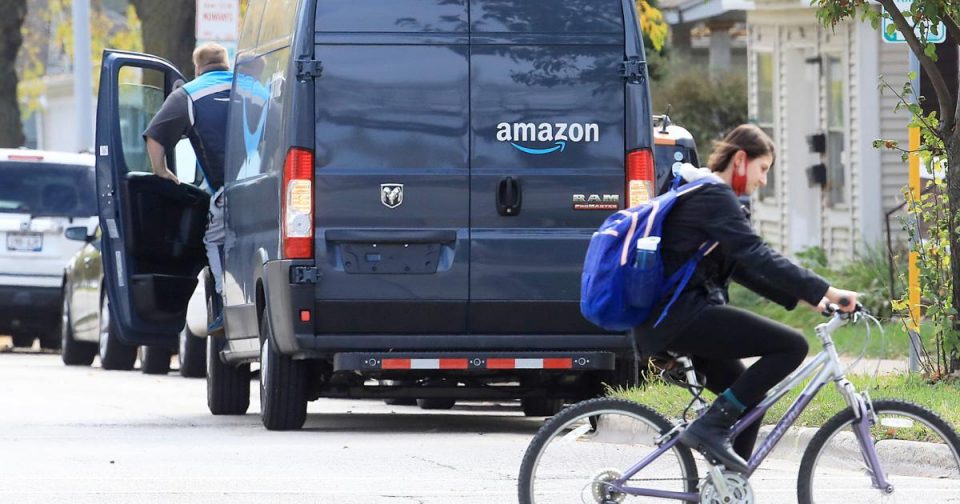Of the 12 items returned, only four had been resold when the story was published. The rest were still in transit months after their being returned. At least one, a new backpack, was found in a landfill. For the report, Amazon didn’t respond to questions about what percentage of its returns are sent to landfills. Soon after the report aired, Amazon introduced a program in the U.S. and the United Kingdom dedicated to helping sellers send returns directly to charities instead of landfills.
In addition, a journalistic investigation released in 2019 in France showed that many products, overstocked or returned, have been thrown away by Amazon.
Amazon has plenty of company. A quarter of the online products returned end up being discarded, according to ReturnGo, a firm I advise that tries to help retailers improve their return processes.
Why are firms so wasteful in dealing with returns? One reason has to do with health and safety regulations. For instance, it is considered unsanitary to resell certain items, such as beauty products and swimwear. H&M, for example, will not accept swimwear if the hygienic seal has been opened. But the more prevalent reason is reverse logistics, the side of the supply chain that moves goods from customers back to the sellers or manufacturers.
Less than 10% of products are returned to brick-and-mortar stores. In the early days of e-commerce, people were reluctant to buy clothing and shoes online given concerns about sizing and fit. After Zappos disrupted the shoe and clothing industries by offering long return windows without any restrictions on the conditions of the product, most other retailers were quick to follow — except the lenient policies led customers to change their purchasing behavior.


